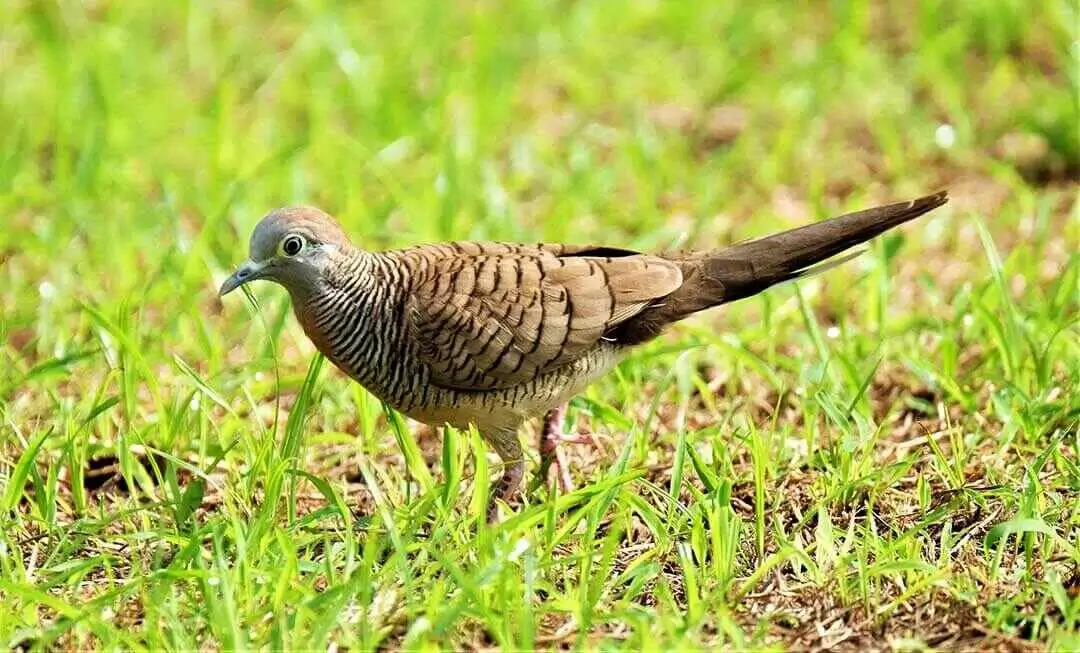
BIRDING IN
Aride Island
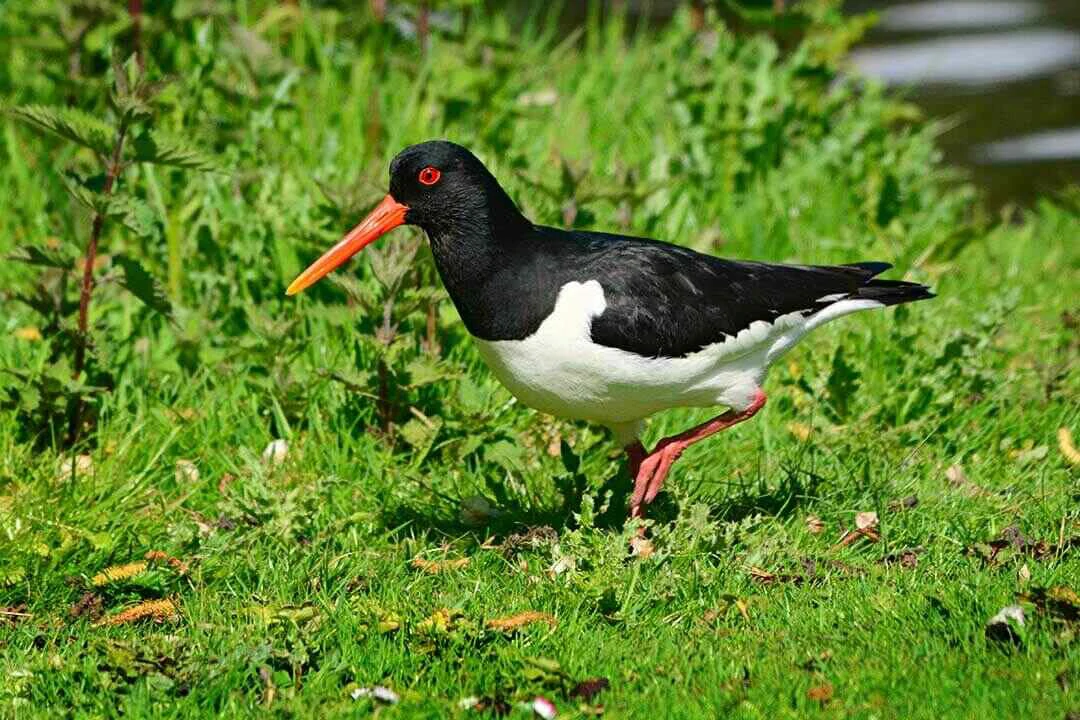
BIRDING IN
Aride Island

BIRDING IN
Aride Island
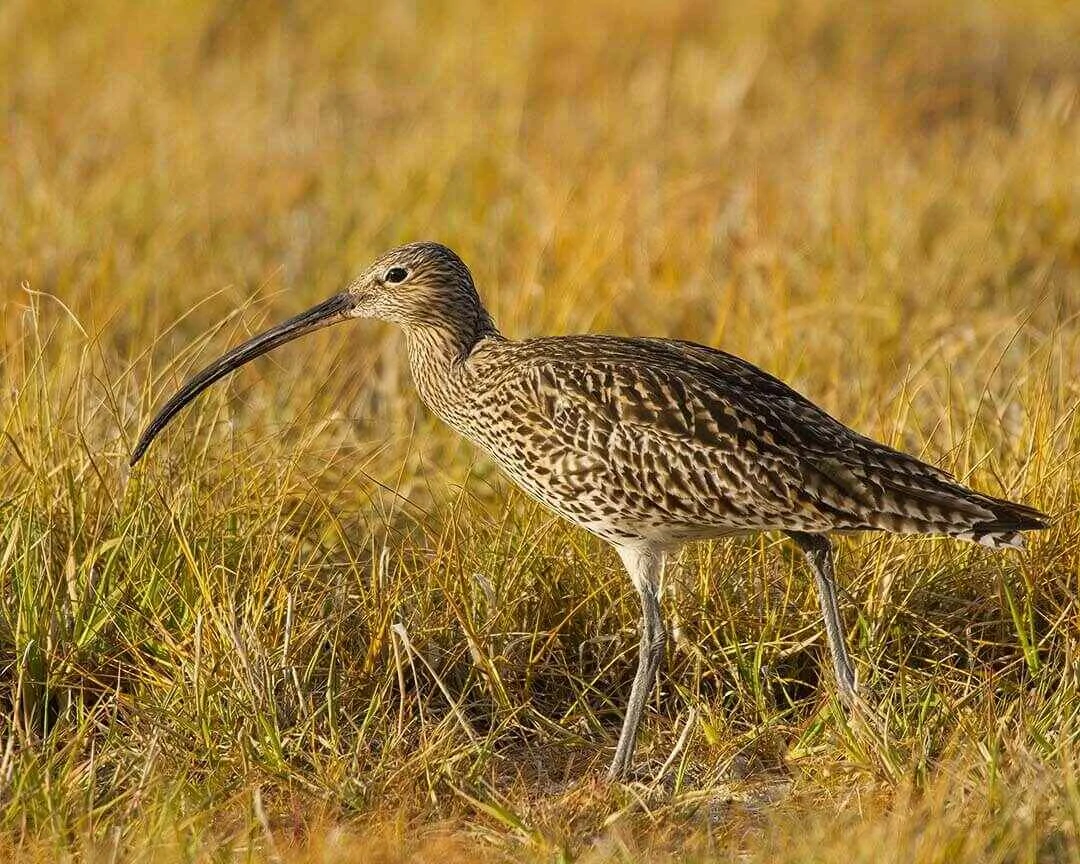
BIRDING IN
Aride Island
Aride is the most northerly of the granitic islands, lying 9 km north of Praslin and 45 kilometers north-east of Mahé. It is roughly 68 hectares.The island also includes 105 ha of coastal marine habitat. Ridge of Precambrian granite, rising to 135 meters, dominates a small plateau of 9 hactares. There is a single beach 800 meters long on the southern side of the island while the rest of the coastline is composed of cliffs and rocky shore. The island is densely covered with mixed native woodland dominated by Pisonia grandis, Ficus lutea and F. reflexa.
Granite outcrops and open glades are abundant on the hill, where there are also smaller areas of Euphorbia pyrifolia scrub. A young, managed woodland, replanted with indigenous species (Callophyllum inophyllum, Terminalia catappa, Morinda citrifolia, etc.), and a small wetland, are present on the plateau. Human activities are limited to nature conservation, research and ecotourism (day visits and confined to main paths only). Most of the former coconut plantation has been progressively eliminated and the only remaining agricultural activity is restricted to a small garden for resident staff. Coral reefs surround the island
Aride has one of the most important seabird populations in the Indian Ocean. Eighteen species of native birds including five only found in Seychelles breed on Aride, this is far more than on any other granitic island. The island is leased and managed as a nature reserve by the Island Conservation Society of Seychelles but is presently owned by the UK Registered Charity Island Conservation Society UK. The only human inhabitants are the reserve's staffs who live in small plantation houses close to the beautiful coral sand beach overhung by palms on the south side of the island.
Our Experts are ready to provide answers
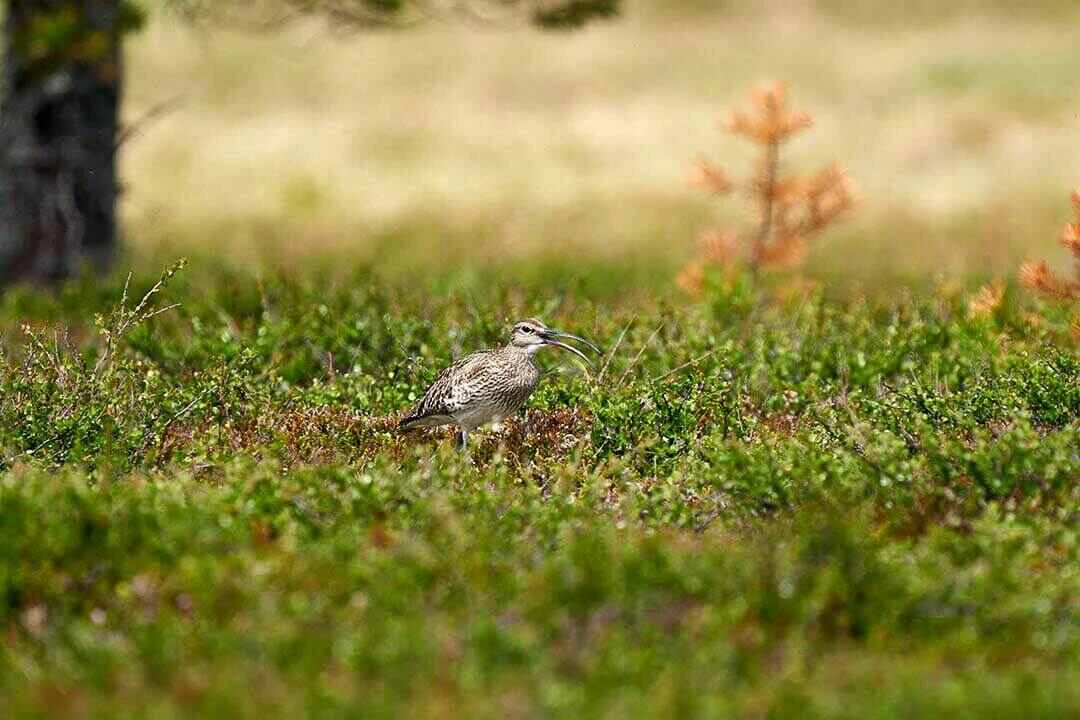
This Important Bird Area is one of the sites of highest ornithological interest in Seychelles. It used to be the last refuge of Acrocephalus sechellensis, with 26 to 29 individuals surviving in 1959.
Read More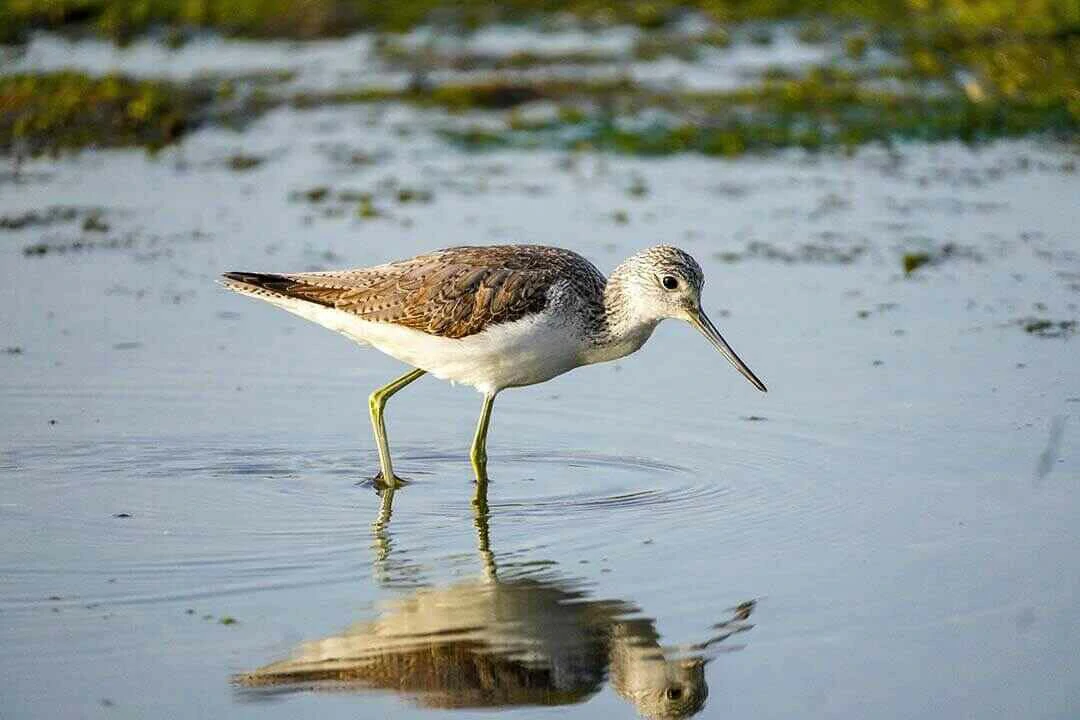
This Important Bird Area also includes the mountainous area to the southeast, between the former Satellite Tracking Station (New Savy), Cascade, Montagne Planeau, Grand Bois, Castor, Varigault and Mont Sébert. This area lies outside the national park, but a project exists to partially protect it.
Read More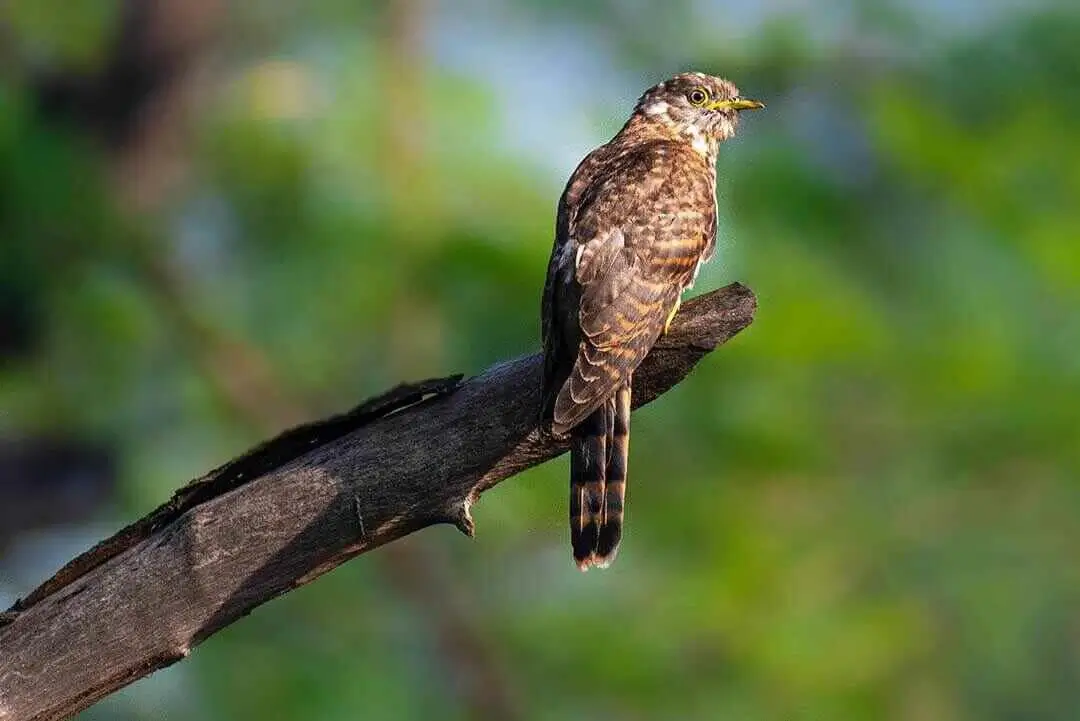
This Important Bird Area is also of vital importance for Coracopsis (nigra) barklyi, as it represents its main breeding and feeding area. Restricted to Praslin and Curieuse, it is the national bird of Seychelles.
Read More